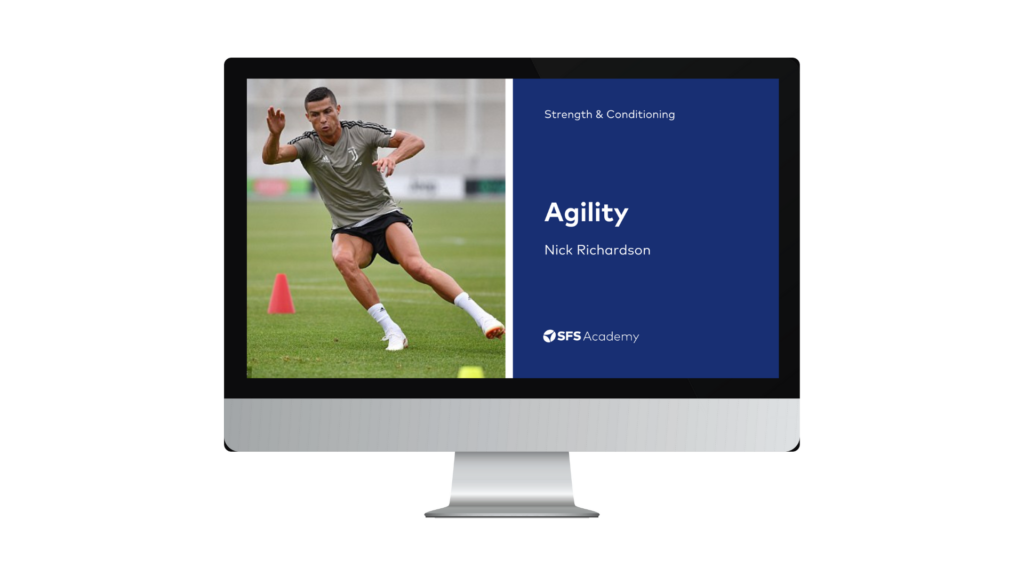This week in the world of sports science, here’s what happened…
- Is training to failure or keeping repetitions in reserve more beneficial for maximising strength development?
- The best method for heel elevation when squatting?
- Current strength training practices in boxing
Is training to failure or keeping repetitions in reserve more beneficial for maximising strength development?
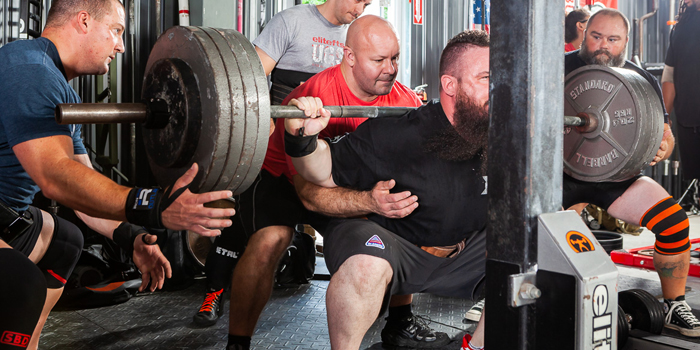
Leading strength and conditioning coach and sports scientist Eamonn Flanagan recently provided valuable insights on an X post regarding the ongoing debate between the effectiveness of training to failure versus maintaining repetitions in reserve for maximal strength development.
Flanagan highlights that numerous studies comparing these two training methodologies have shown that gains in one-repetition maximum (1RM) are comparable. He emphasises that as long as sets are executed with high quality, maintaining 1 to 3 repetitions in reserve is equally effective as performing sets to failure for maximal strength development.
A significant concern raised by Flanagan regarding training to failure is that it generates greater fatigue and extends the required recovery period. He asserts that training volume and fatigue management are considerably more critical than the pursuit of failure in sets, especially when comparable gains can be achieved by utilising 1-3 repetitions in reserve without incurring the additional fatigue associated with training to failure.
For those interested in this topic, Flanagan’s post is highly recommended for a more comprehensive perspective. Notably, he references specific studies to support his claims, thereby enhancing the credibility and validity of his argument.
The best method for heel elevation when squatting?
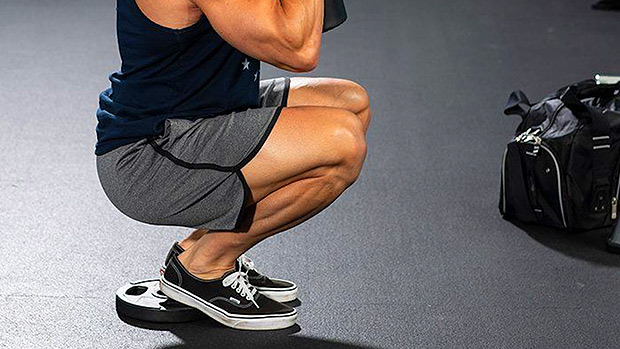

Elevating the heels during a squat is a common modification practitioners use to regress the exercise. Typically, ramps and weight plates are utilised interchangeably for this purpose, but it’s important to understand their distinct effects, as highlighted in a recent Instagram post by physical therapist Zac Cupples.
Cupples explains that squatting on a ramp tends to create a more pronounced arch in the feet and shifts more weight onto the heels. This modification can be particularly beneficial for individuals with flat feet or those who experience limited hip external rotation.
Conversely, elevating the heels on weight plates results in a weight distribution that favours the inside of the foot rather than the heel. Cupples notes that this approach is advantageous for individuals with high arches or limited hip internal rotation.
When modifying someone’s squat by elevating the heels, it’s essential to recognise the differences between using a ramp and weight plates. By understanding these nuances, you can make more informed decisions about which method is appropriate for individual needs. For further insights, consider checking out Cupples’s Instagram post for additional guidance on selecting the right modification.
Current strength training practices in boxing
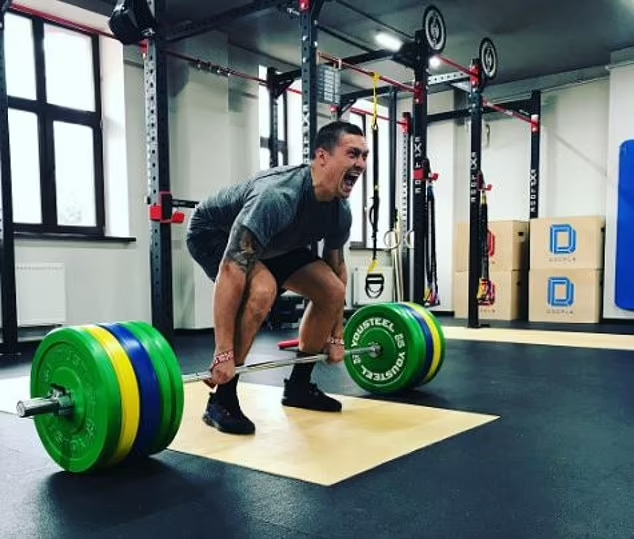
The boxing community has long worried about how strength training affects muscle mass. Old school trainers feared that it might slow down fighters and make it harder for them to reach their weight limits. A recent study looked at current strength training practices in boxing to see if these old beliefs still influence trainers.
The study involved 72 trainers and support staff from both amateur and professional boxing, who took part in an online survey. The results showed several positive aspects of strength training in boxing. Most participants reported implementing strength training to improve punching power, reduce injury risk, and enhance muscle endurance. However, trainers focused more on punch-specific and reactive strength training rather than maximum strength development.
Surprisingly, 84% of participants recognised that maximum strength training can improve punching power, but it was the least used training method. Participants reported fears about the potential muscle gain from maximum strength training and mentioned a lack of resources on maximum strength training for boxers as reasons for choosing other forms of strength training.
Additionally, 78% of participants did not have any formal strength and conditioning or sports science accreditations. This led the researchers to suggest that boxing organisations should provide more education and training opportunities on the importance of maximum strength development for boxers.
If you want to learn more about strength training in boxing, listen to our excellent podcast episode with renowned boxing strength and conditioning coach, Danny Wilson: How World Champion Boxers Train For Elite Punching Power
From us this week:
>> New course: Sport Psychology for Coaches
>> New podcast: Dr. James Morehen on Fueling England Rugby Through the Six Nations
>> New infographic: Sleep Strategy To Enhance Athletic Performance
>> New article: Hydrotherapy
Access to a growing library of sports science courses
SFS Academy is an all-access membership to premium sports science education.
With SFS Academy, you’ll learn from some of the best coaches around the world as they teach you how to apply the latest research and practice with your athletes.

